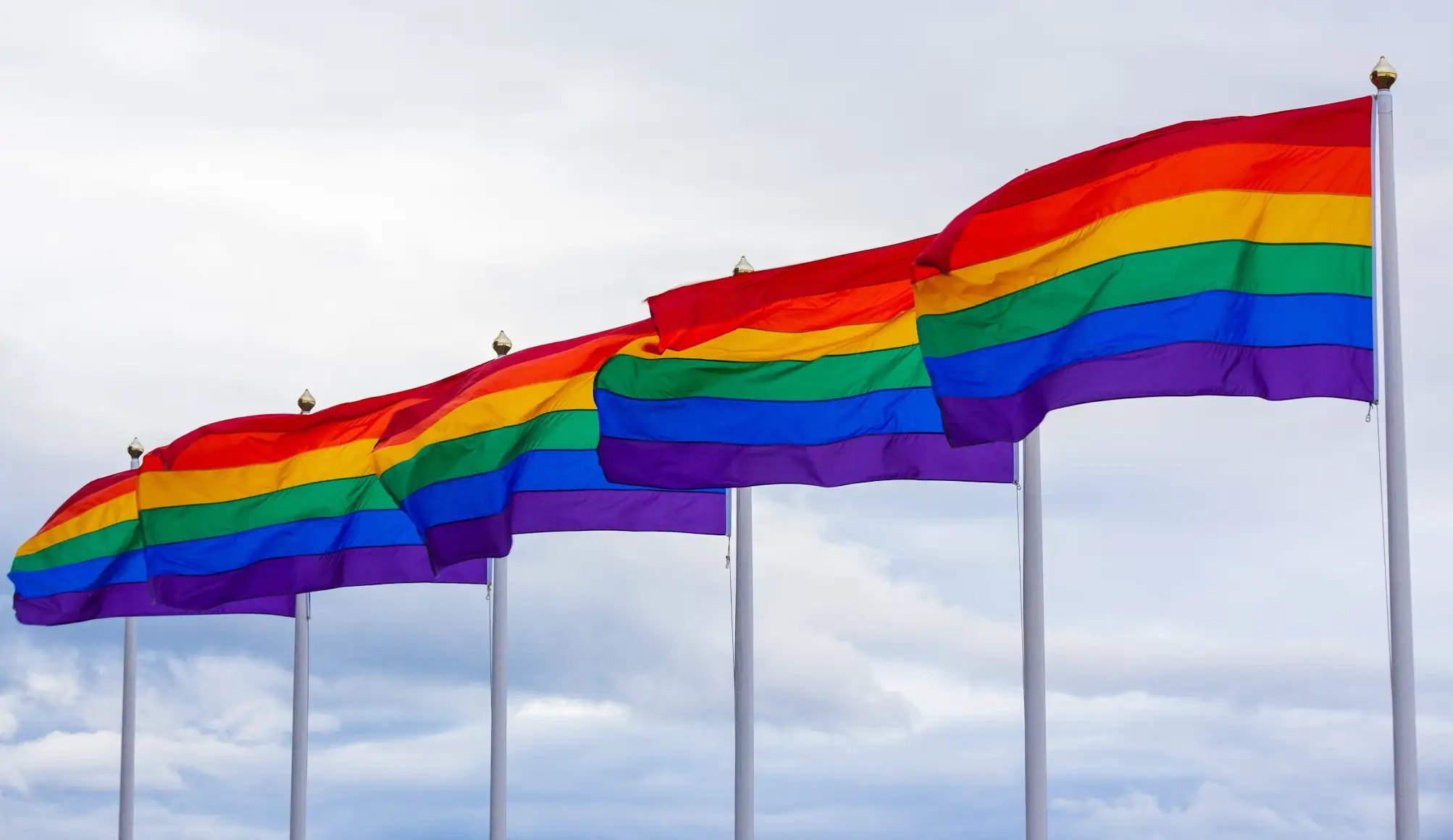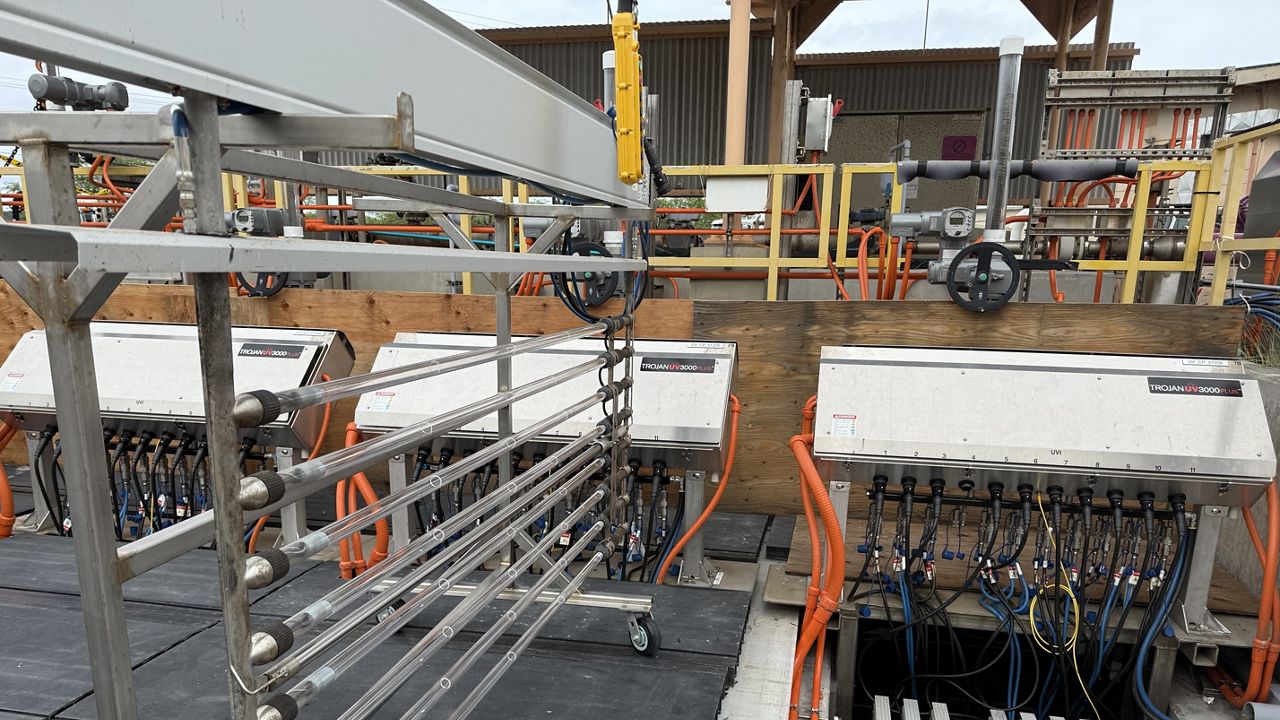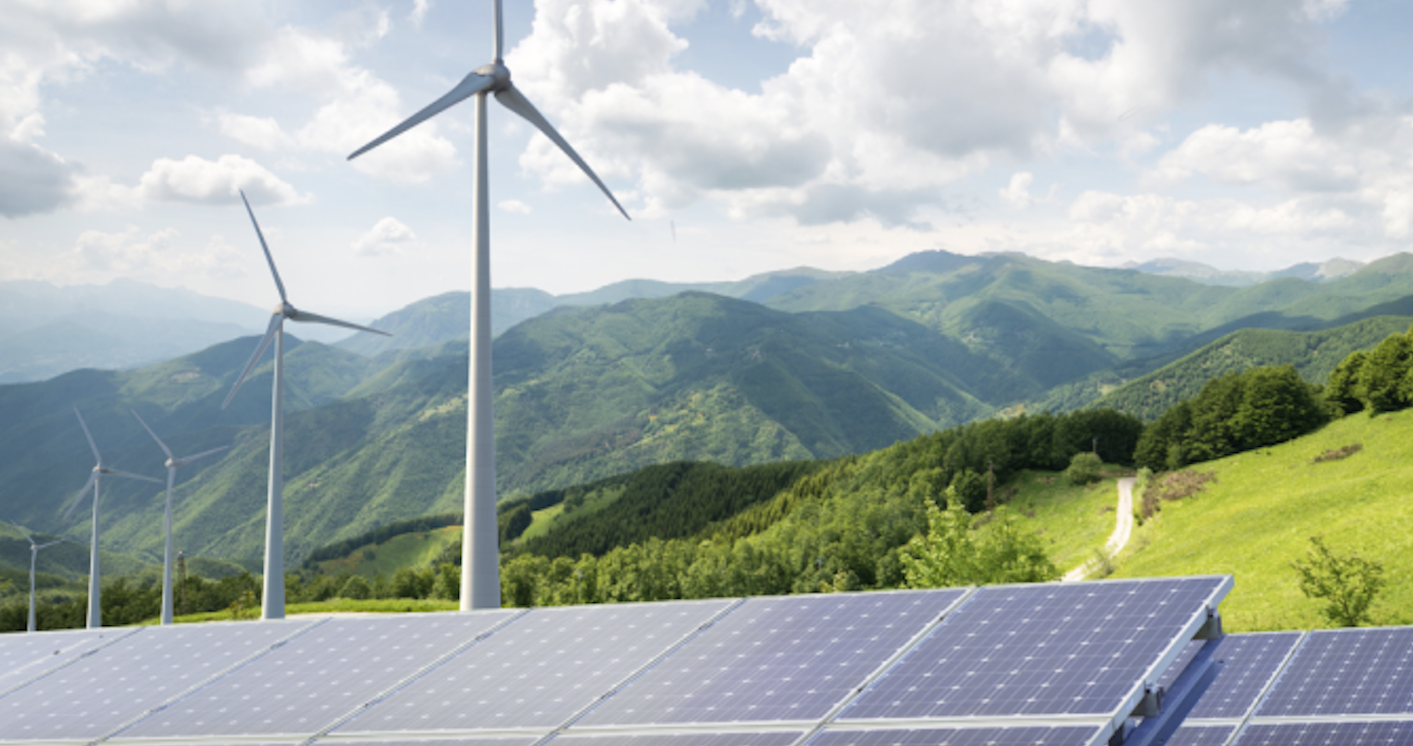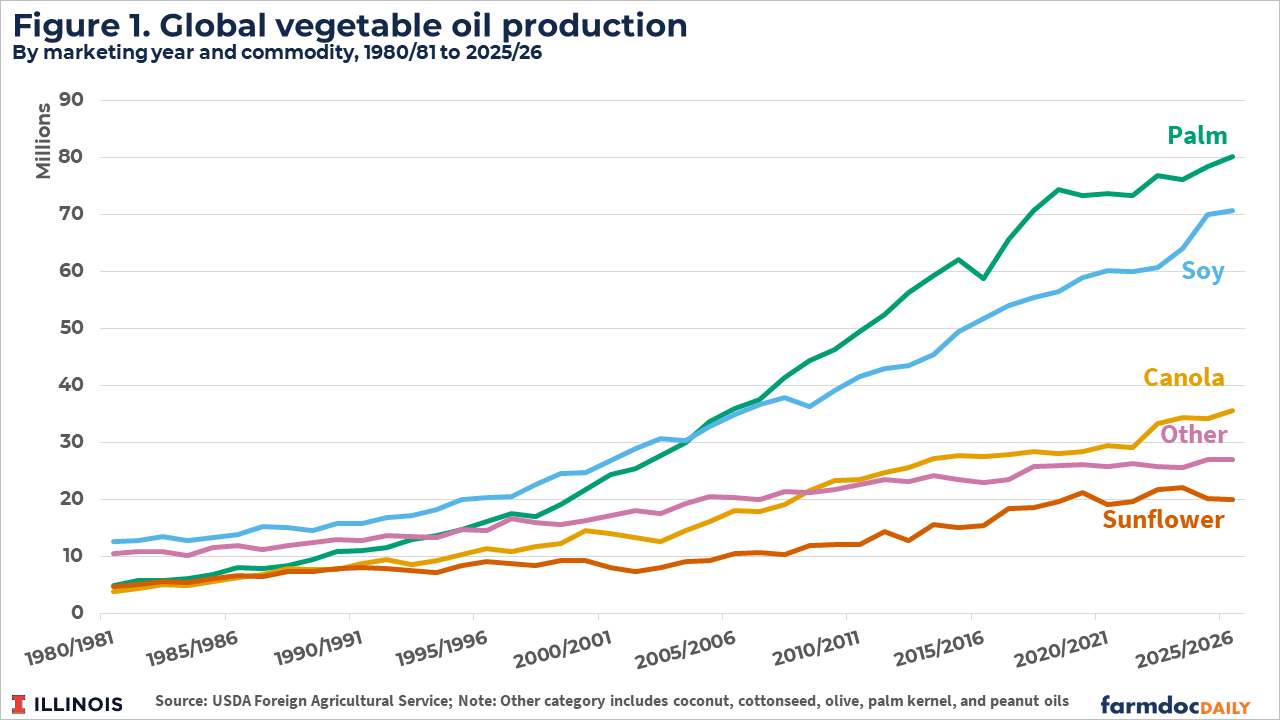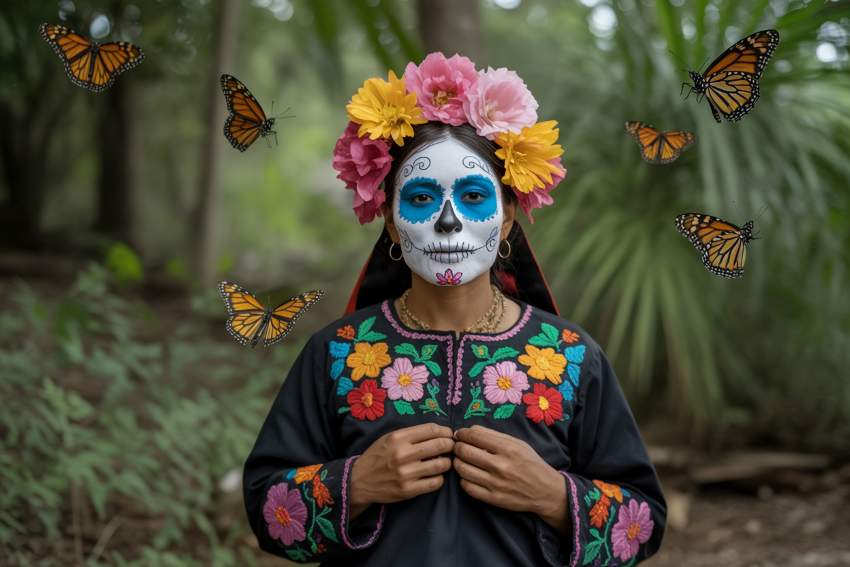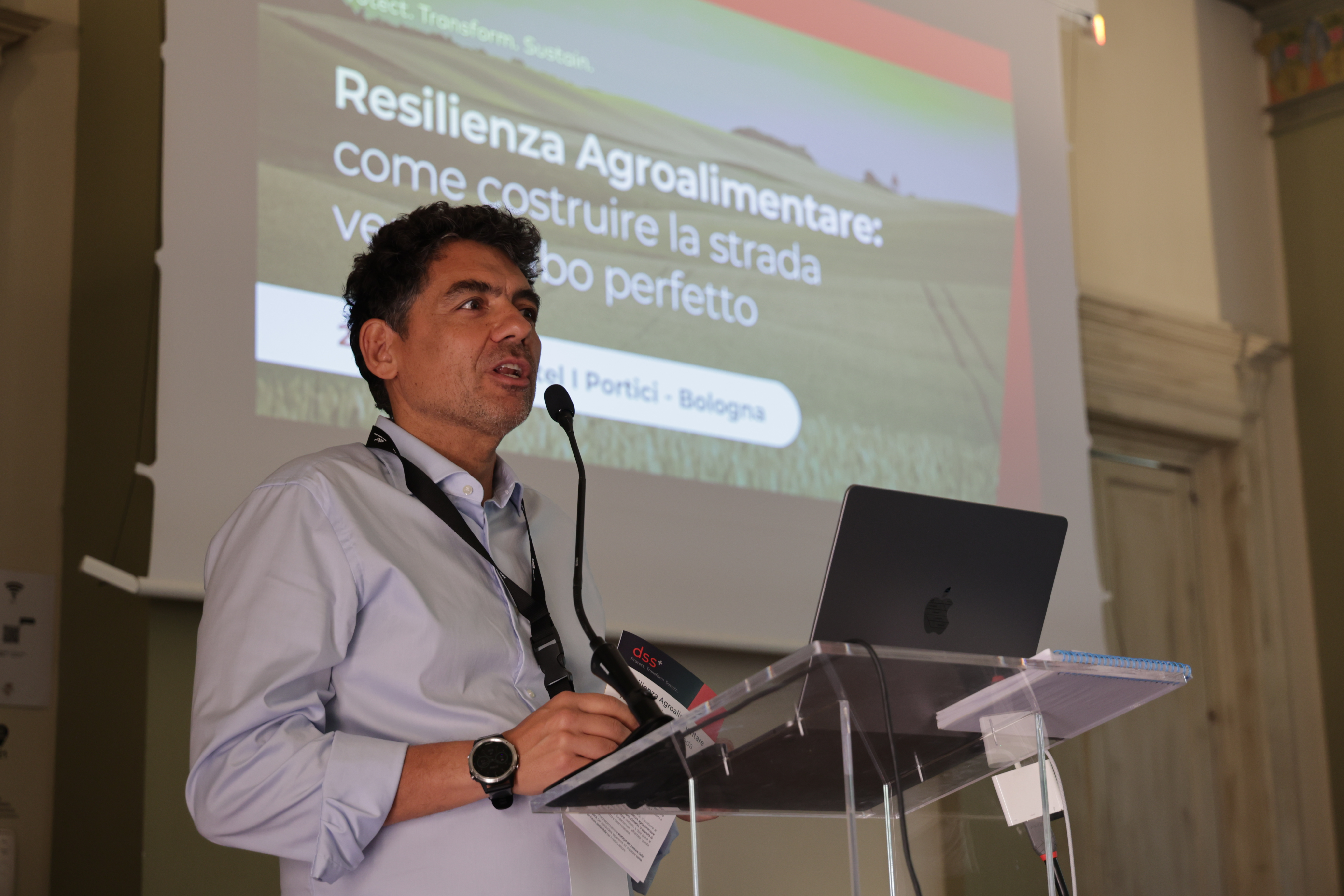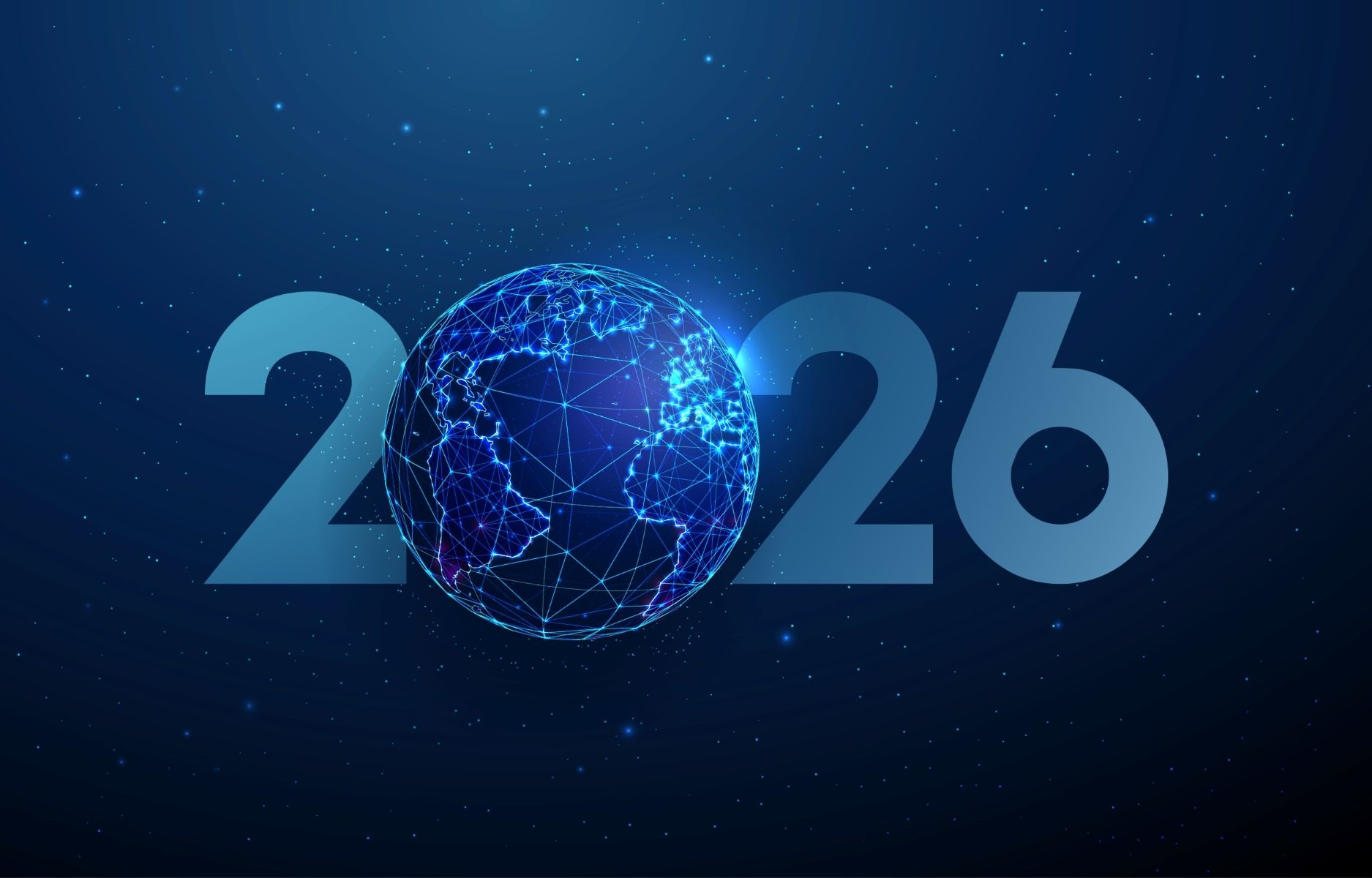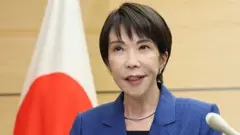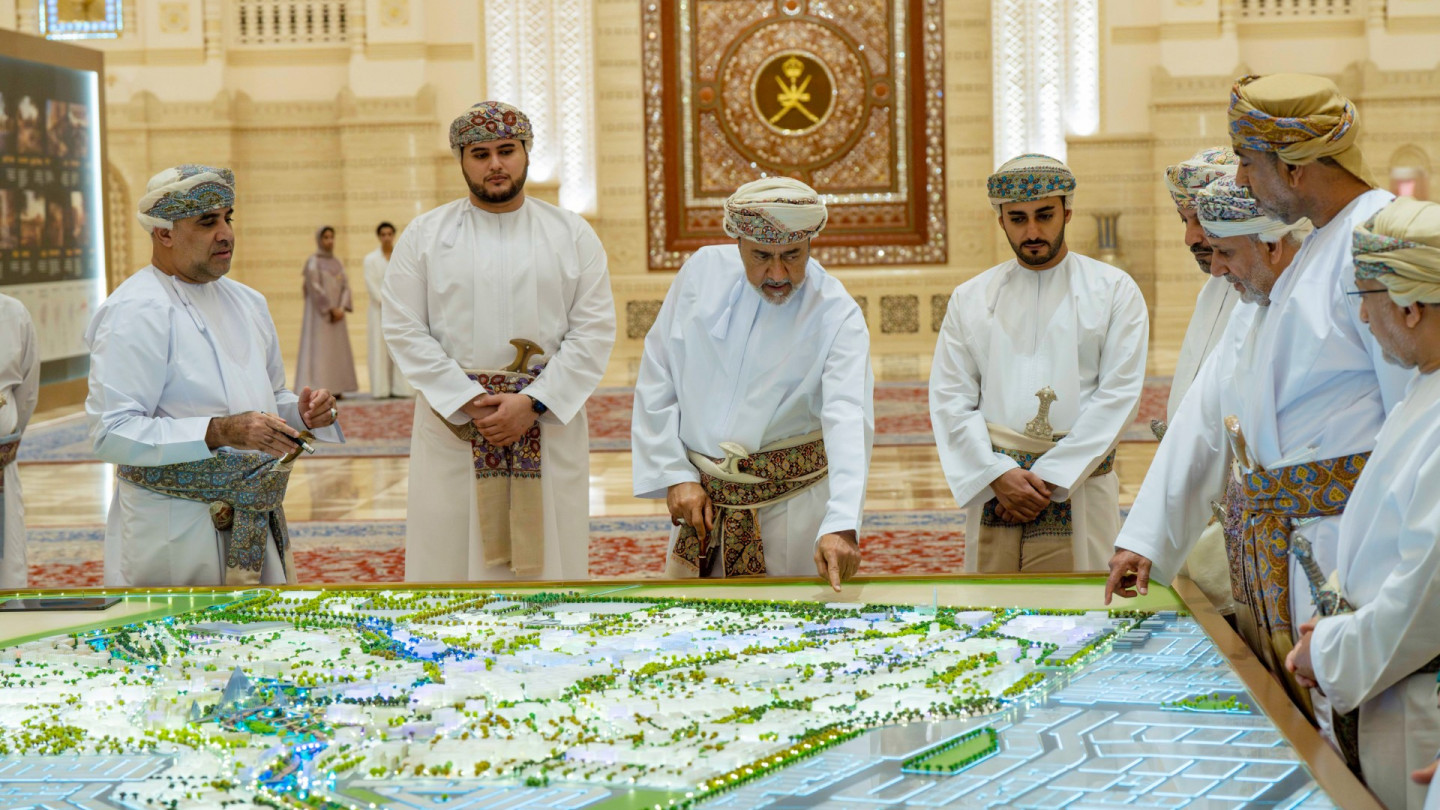Undervalued and Not Prioritized: Insufficient Funding for Gender Equality
Funding to promote gender equality (SDG 5) is failing to keep up with the increasing global challenges and attacks on women and LGBTQ+ human rights.

The undervaluing of women, girls, and LGBTQ+ persons worldwide has translated into a lack of funding for gender equality. Through the adoption of the Sustainable Development Agenda in 2015 by the United Nations (UN) Member States, the international community collectively set a deadline to achieve gender equality, Sustainable Development Goal (SDG) 5, by 2030. The world is far off track.
Funding to promote gender equality is failing to keep up with the increasing global challenges and attacks on women and LGBTQ+ human rights. The Covid-19 pandemic exacerbated inequalities across all aspects of life. Combined with the climate crisis and political and economic insecurity, progress on SDG 5 has stalled and has begun to backslide. The pandemic significantly challenged the capacity of countries and organizations to address inequalities and grievances experienced by gender minorities. The impacts of the pandemic and the imperfect progress toward gender equality signify that international organizations, foundations, and non-governmental organizations (NGOs) must collectively commit to increasing investments in transformative, evidence-based programming to reduce gender inequalities.
Various sources provide funding for gender equality, such as governments through Official Development Assistance (ODA) and gender-focused fiscal policies, international organizations, private foundations, and NGOs. ODA from the members of the Development Assistance Committee (DAC), the primary source of financing for development aid, refers to government aid that targets economic growth and welfare of developing countries. Given the scale of challenges faced by gender minorities, significant funding gaps persist. Some include gender-responsive budgeting, gender equality as a share of ODA, and funding for women’s organizations and movements. Data gaps exist too. UN Women affirms that, globally, data on funding for women and girls is “significantly lacking.” Successful gender financing requires data transparency, achieved by the improvement of data capacity for gender equality stakeholders to collect, analyze, and publish data related to gender financing; the engagement of donors with data users to understand users' needs and get feedback; and the availability of quality, comprehensive, detailed, and timely gendered data. Governments, NGOs, international organizations, and foundations should include funding for data transparency in their aid.
Gender-responsive budgeting enables institutions to commit finances to gender equality by integrating gender considerations into their budgets and including specific allocations for gender programming and policies. In 2022, 23 out of 38 OECD countries (61%) had introduced gender budgeting measures, compared to 50% of OECD countries in 2018, and 35% in 2016. Of these countries, 14 have legal underpinnings safeguarding the implementation of gender budgeting. The IMF reports that G20 countries score relatively low in implementing gender analysis into budget processes and government annual financial reports seldom include information about gender.

As of 2021, only 26% of countries have comprehensive systems to track gender budget allocations and 15% lack minimal elements to track gender budgets. Countries have been categorized as having an advanced gender budgeting practice, a mainstreamed gender-budgeting practice, an introductory gender budgeting practice, or a threshold gender budgeting practice. To date, no countries qualify as advanced. As a foundation for gender equality funding, the lack of countries that practice gender budgeting reflects the lack of attention to gender issues and perspectives, the unavailability of gender-disaggregated data, and the world’s minimal understanding of the requirements to ensure progress for women, girls, and LGBTQ+ persons. Gender budgeting serves as a key tool for implementing gender equality and assuring appropriate financial allocation.
In 2020-2021, DAC members allocated 44% (USD 57.4 billion) of their bilateral allocable ODA for gender equality; however, programs with gender equality as the principal objective represent only 4%. Most ODA was dedicated to programs that treat gender equality as a “significant”—but not primary—policy objective. While the United States provides a large amount of ODA overall, it ranked near the bottom of OECD countries in terms of gender equality aid relative to total ODA in 2019. Contributions by individual countries fluctuate. For example, Canada contributed 25% ($875 million) of its bilateral allocable ODA to gender equality initiatives in 2019 and 15% in 2020 ($388 million). As a result, South Sudan received $77 million less for gender equality programming that year. These reductions significantly impact the capacity to plan and implement gender equality programming to achieve sustainable, lasting, and transformative progress.
The international community overlooks and undervalues the impacts local women’s organizations and movements have in achieving SDG 5. Women’s organizations and movements have the most extensive and localized knowledge about the cultural norms, traditions, practices, and histories of the communities they serve. Women’s organizations and movements receive less than 1% of ODA committed to gender equality, and only a fraction goes to Black women-led organizations. This minuscule share of funding signifies untapped potential, presenting yet another obstacle to intersectional gender equality. For gender equality budgeting to serve everyone, it must center on the most marginalized. Women’s organizations need multi-year flexible funding that meets specific targets for organizations led by women of color and LGBTQ+ persons.
Governments and the international community must treat gender equality as necessary for lasting sustainable development and stability. Gender equality supports economic growth worldwide, peace and security, climate resiliency, and global health. Achieving the SDGs requires a stronger commitment to gender equality funding, achieved through gender-responsive budgeting for security and consistency. Investing in the advancement of equality is imperative for global social progress. The world will not achieve the 2030 goals until it values women, girls, and gender minorities.
What is Your Reaction?
 Like
0
Like
0
 Dislike
0
Dislike
0
 Love
1
Love
1
 Funny
0
Funny
0
 Angry
0
Angry
0
 Sad
0
Sad
0
 Wow
0
Wow
0






